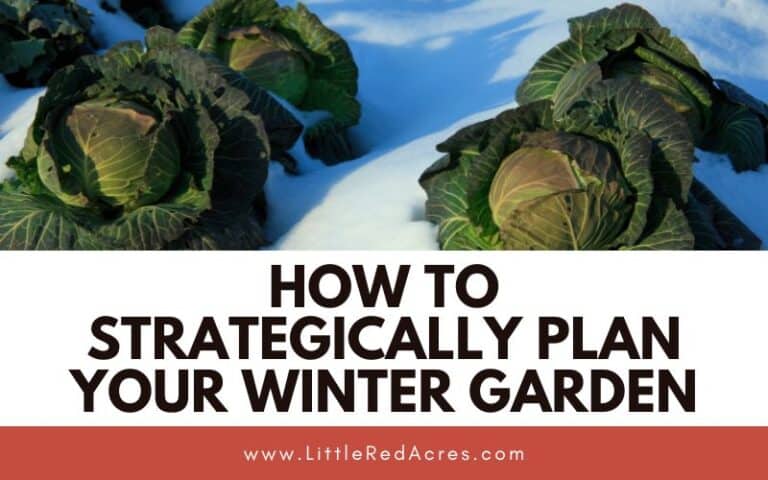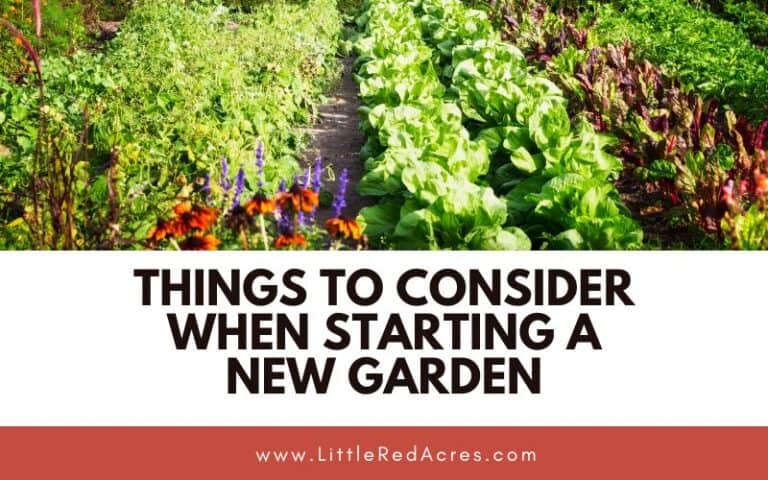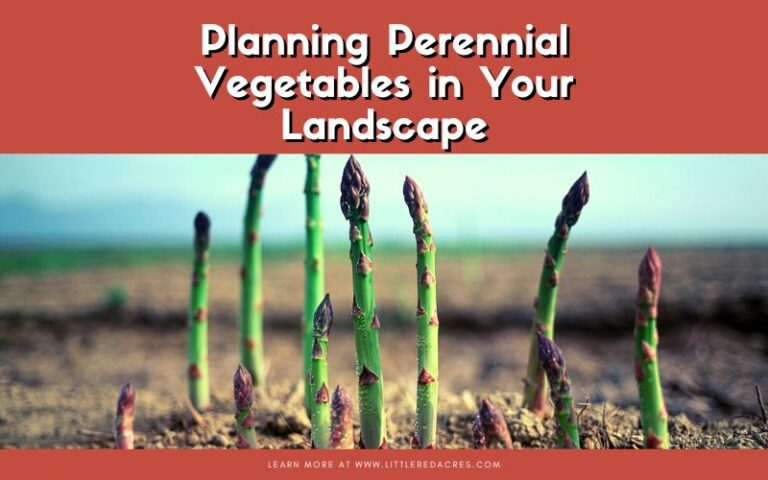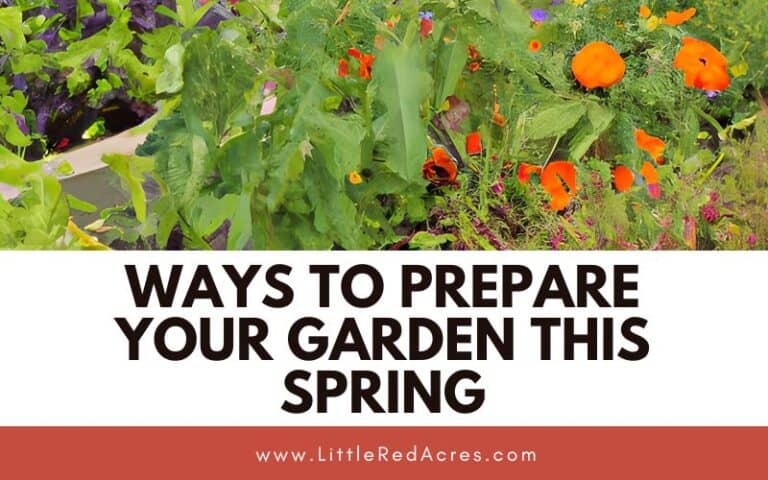Tips for Growing Fruit Trees Successfully
Inside: Here are some tips I have found for growing fruit trees successfully. Planting fruit or starting a home orchard? Let's learn together.
This is one area I have not played around with a lot. We're going to try a little more this year. Here are some tips I have found for growing fruit trees successfully. Planting fruit or starting a home orchard? Let's learn together.
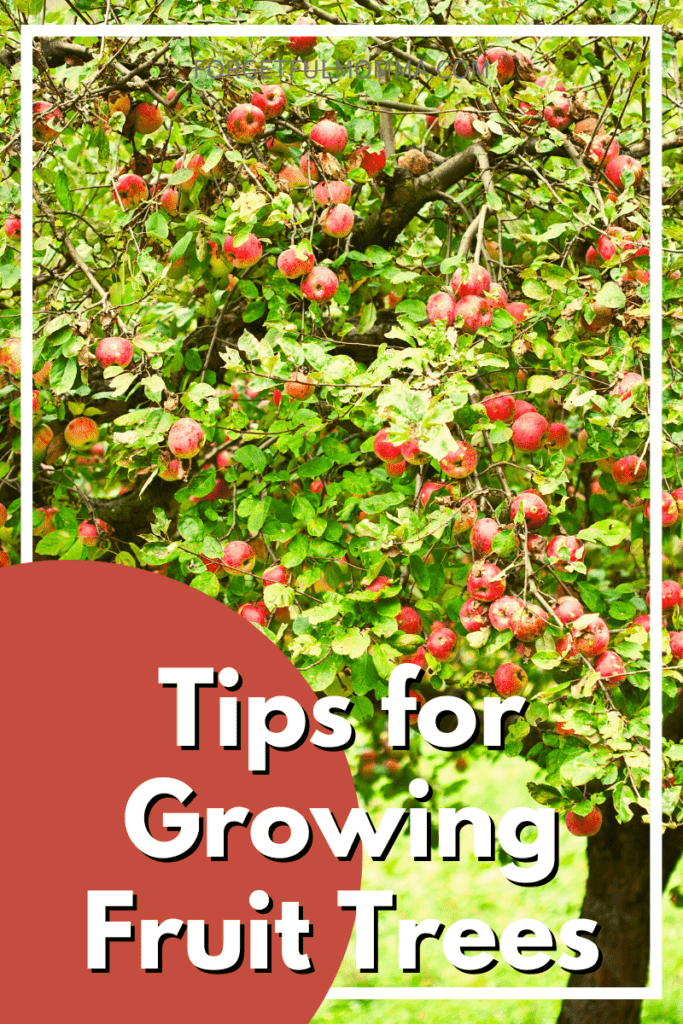
This post may contain affiliate links, see my disclosure policy for more information.
Tips for Growing Fruit Successfully
The first thing you need to remember is that fruit trees need room! They grow large and produce a lot of leaves & branches before fruiting begins. So make sure you have enough space for one tree let alone three or four!
Get updates & freebies delivered to your inbox!
Location is Critical for Fruit Trees
Don't plant trees where they will shade your house or garage from sunlight nor on north-facing slopes which may become excessively cold in wintertime with ice-covered branches breaking and falling onto your house during wind storms.
You also want to think about their proximity to your garden. In Saskatchewan, we had an apple tree near our garden and bugs that came for dropped apples invaded our garden and we lost our corn. We learned a great lesson from it.
Good Drainage is A Must for Trees
Good drainage is crucial too — especially if you live in Canada, or anywhere that freezes. Planting on a slight grade helps reduce the problem of water pooling.
Some trees, like cherries, peaches and plums will actually grow fine in slightly acidic soil (pH 5.0 to 6.5) but most prefer a more neutral pH level around 7-7.5 for good crop production & disease resistance as long as the drainage is good too. Check the Farmer’s Almanac for optimum soil pH levels.
Prepare Your Soil
Adding compost can greatly improve the quality of your soil which not only helps it drain better but also keeps root diseases at bay, and provides nutrients when the trees need them.
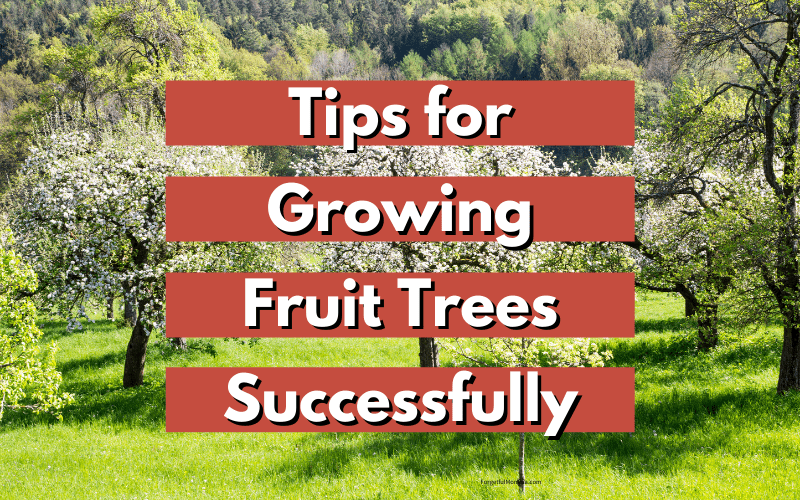
The Best Fruit Trees
Be aware that some tree species naturally fruit better than others in a given climate.
Apples are far more cold-weather tolerant than peaches and plums which means they can be grown further north. But they also tend to have a shorter growing season before fruiting when compared with other stone fruits such as cherries and nectarines too!
It's something to take this into consideration before deciding what varieties might grow best for you and check out the U-Pick farms nearby to see how well different cultivars do there.
Pollinating your own trees is easy–it simply requires planting another one of the same types nearby for the bees to do their job! You can't move them at a later date so make sure you have enough space to allow them to grow large and not damage your home or fences.
Variety is the spice of life! There's nothing that will bring a smile to your face faster than biting into an aromatic slice of tree-ripened fruit, so experiment with as many varieties as you can.
Even if some of them taste terrible or don't store well, each one is another step towards eventually finding those few special ones that do work well in your garden and go great on the table.
Remember there is always something that can be done with your fruits even if you don't love their taste straight from the trees. You can bake, can, and trade with others, just to get you started.
Frequently Asked Questions
What is the easiest fruit tree to grow? Many people consider pear trees to be the easiest fruit tree to grow on your own.
What is the best time to plant fruit trees? The ideal planting time is December through March when nurseries stock bare-root fruit trees.
Where is the best place to plant fruit trees? Sunny, especially south- or west-facing aspects on the other hand are ideal for growing just about any fruit, but especially sun lovers such as grapes, figs, peaches, nectarines and apricots.

Want More?
Growing Apple Trees from Seeds
8 Advantages of Having Trees in Your Garden

